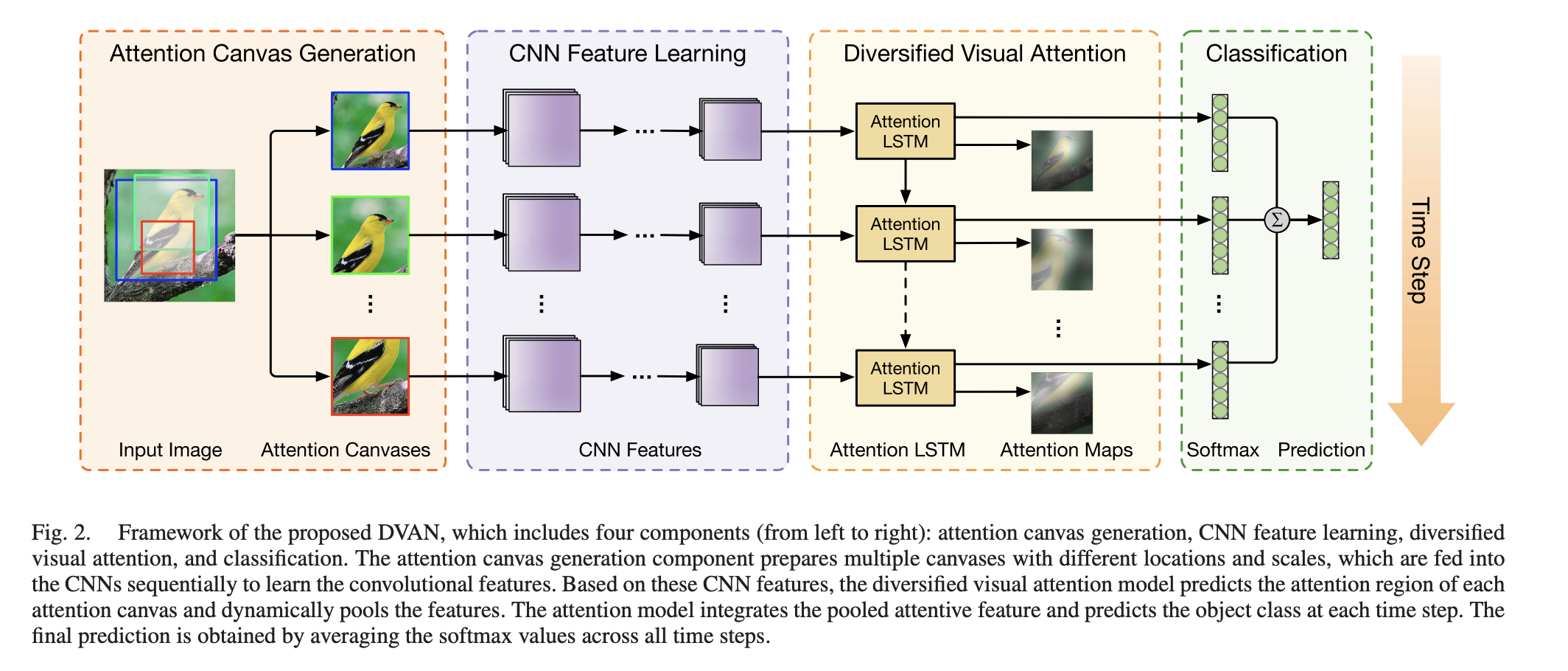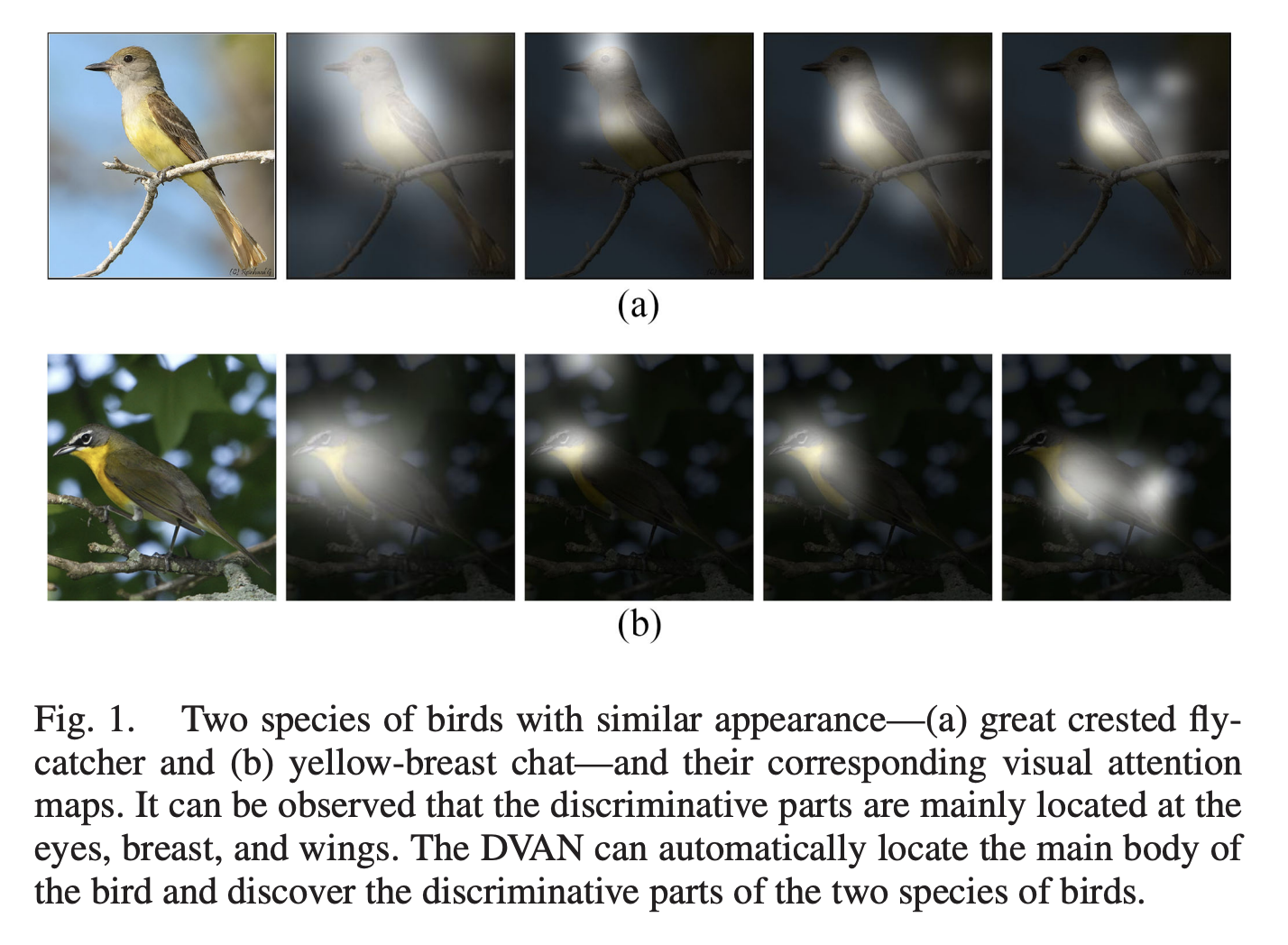Abstract:
Despite significant recent progress on generative models, controlled generation of images depicting multiple and complex object layouts is still a difficult problem. Among the core challenges are the diversity of appearance a given object may possess and, as a result, exponential set of images consistent with a specified layout. To address these challenges, we propose a novel approach for layout-based image generation; we call it Layout2Im. Given the coarse spatial layout (bounding boxes + object categories), our model can generate a set of realistic images which have the correct objects in the desired locations. The representation of each object is disentangled into a specified/certain part (category) and an unspecified/uncertain part (appearance). The category is encoded using a word embedding and the appearance is distilled into a low-dimensional vector sampled from a normal distribution. Individual object representations are composed together using convolutional LSTM, to obtain an encoding of the complete layout, and then decoded to an image. Several loss terms are introduced to encourage accurate and diverse image generation. The proposed Layout2Im model significantly outperforms the previous state-of-the-art, boosting the best reported inception score by 24.66% and 28.57% on the very challenging COCO-Stuff and Visual Genome datasets, respectively. Extensive experiments also demonstrate our model’s ability to generate complex and diverse images with many objects.

Conclusion:
In this paper we have introduced an end-to-end method for generating diverse images from layout (bounding boxes + categories). Our method can generate reasonable images which look realistic and contain recognizable objects at the desired locations. We also showed that we can control the image generation process by adding/moving objects in the layout easily. Qualitative and quantitative results on COCO-Stuff [1] and Visual Genome [19] datasets demonstrated our model’s ability to generate realistic complex images. Generating high resolution images from layouts will be our future work. Moreover, making the image generation process more controllable, such as specifying the fine-grained attributes of instances, would be an interesting future direction.
